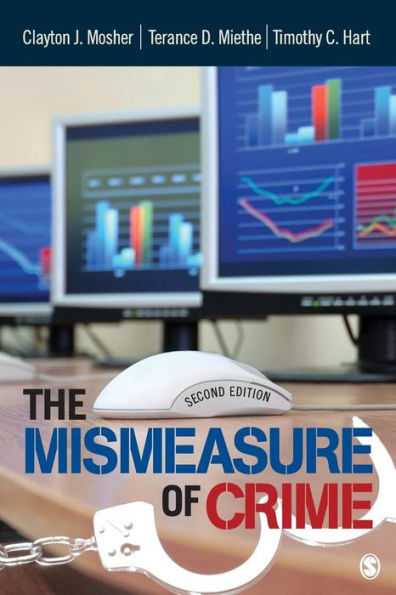5
1
9781412981811



The Mismeasure of Crime / Edition 2 available in Paperback, eBook

The Mismeasure of Crime / Edition 2
- ISBN-10:
- 1412981816
- ISBN-13:
- 9781412981811
- Pub. Date:
- 12/01/2010
- Publisher:
- SAGE Publications
- ISBN-10:
- 1412981816
- ISBN-13:
- 9781412981811
- Pub. Date:
- 12/01/2010
- Publisher:
- SAGE Publications

The Mismeasure of Crime / Edition 2
$95.0
95.0
In Stock

Product Details
| ISBN-13: | 9781412981811 |
|---|---|
| Publisher: | SAGE Publications |
| Publication date: | 12/01/2010 |
| Edition description: | Second Edition |
| Pages: | 265 |
| Product dimensions: | 6.00(w) x 8.90(h) x 0.40(d) |
About the Author
From the B&N Reads Blog




